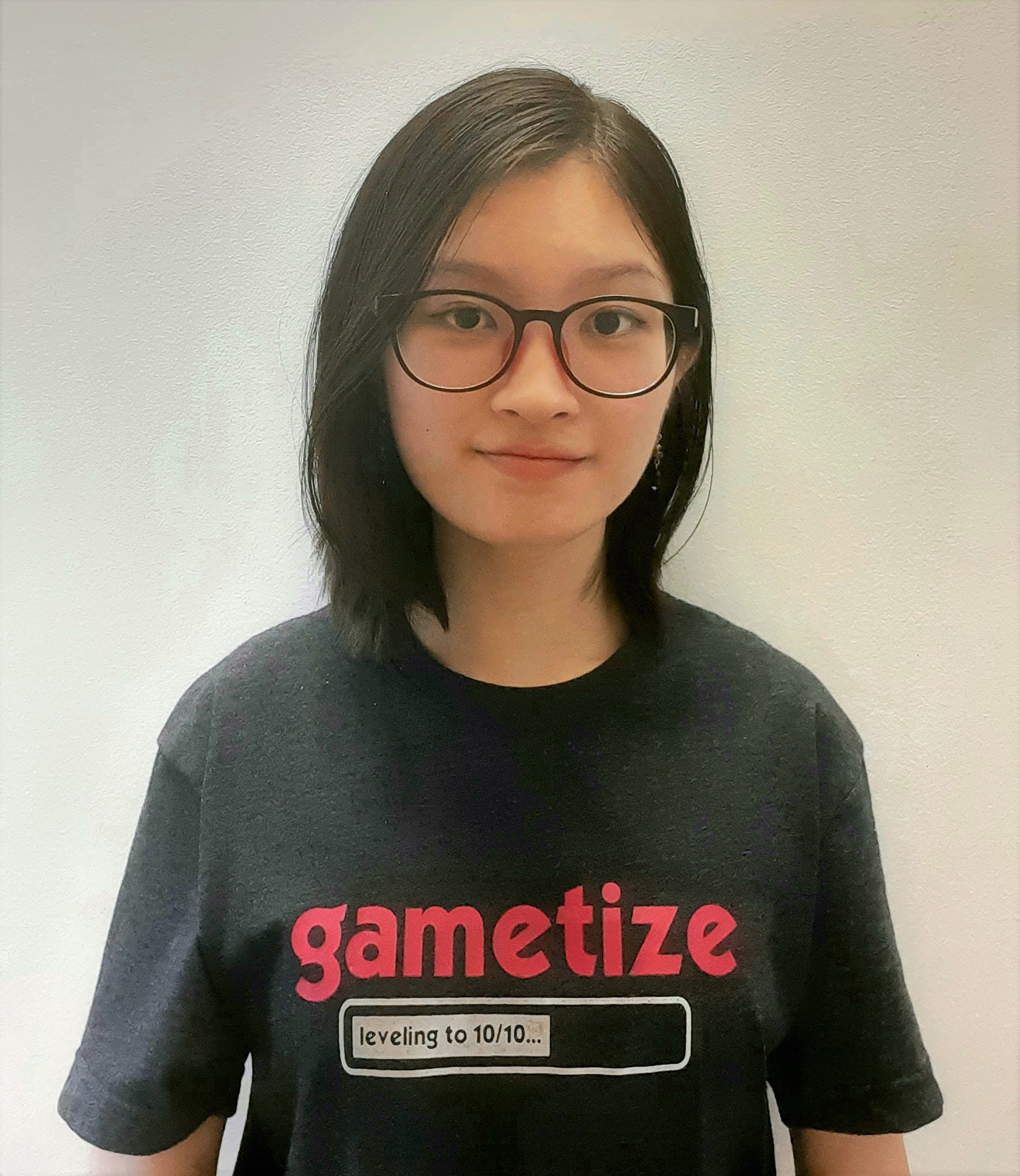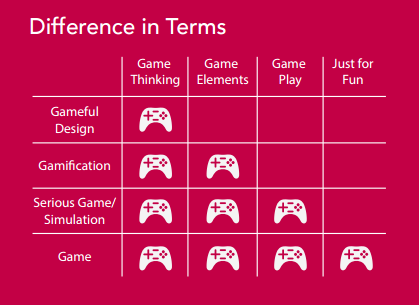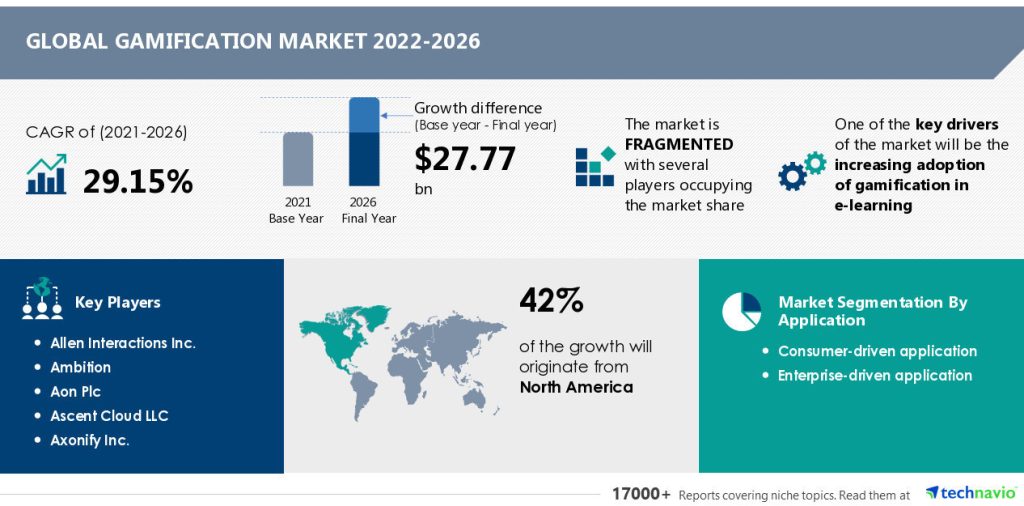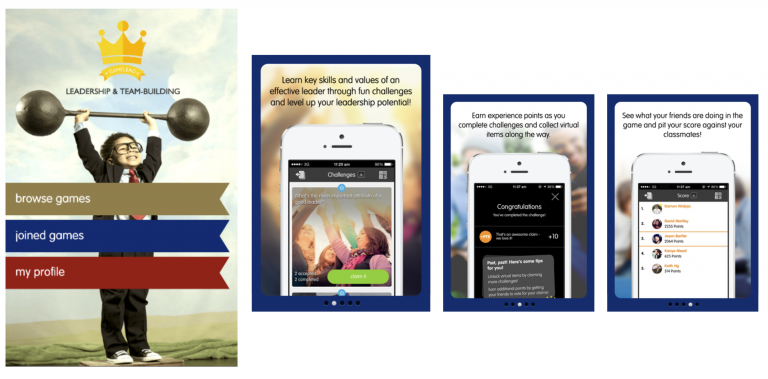Gamification VS Serious Games VS Gameful Design

Natalie Monteiro
Academy
You may be wondering: what is the difference between gamification and gameful design? How are they different from serious games?
According to Cision PR Newswire (2022), the global gamification market will witness a year-over-year (YOY) growth of 21.68% in 2022 at a compound annual growth rate (CAGR) of 29.15% during the forecast period. Knowing this, it is easy to see that the gamification industry will continue to flourish.
In this article, we will cover 3 main terms: gameful design, gamification, and serious games. This would be followed by examples to better recognize the end products of each term.
However, as the gamification industry grows over time, there can be confusion on the differences between the terminologies used.
Gamification
Gamification uses game design and game psychology in non-game settings. It is used commonly in use cases such as onboarding and Learning & Development (L&D) to increase the appeal of the processes and better retain knowledge.
Referring to one of our previous posts (Top 10 Myths of Gamification), one common misconception is that gamification is the same as a game. While gamification takes mechanics from games that attribute to their stickiness, there is no actual gameplay involved in gamification.
It uses game elements that will invoke extrinsic and intrinsic motivation for the end-user, such as (but not limited to):
- Points
- Badges
- Leaderboards
- Rewards
- Instant feedback
- Social networking
- Points
- Badges
- Leaderboards
- Rewards
- Instant feedback
- Social networking
For instance, Gametize has developed the application GameLead to encourage end-users – specifically students – to engage more for their core module: Leadership and Team Building (LTB).
Using leaderboards, instant feedback, and interactive content that enabled social networking among students, the students felt more motivated to learn about LTB even outside of the classroom. By using gamification, it created a unique experience for the end-users, which contributed to the overall value of their learning.
Serious Games
Serious games go one step further by adding gameplay for the user’s experience. Serious games are not considered a game, as serious games have a real-world purpose, while games are just for fun.
Typically, serious games can be found in areas such as education, healthcare, and training. The goal is to promote learning or meet a goal that has a real-world purpose.
One example of serious gaming would be FoldIt. This game is about protein folding, with the purpose of end-users – such as gamers – trying to fold the structures of selected proteins (such as the image below) as perfectly as possible using the tools provided.
The score in the game ties with how well the end-users are folding the proteins, which will motivate them to achieve as high a score as possible. This has proven to be quite successful, FoldIt was able to make a major breakthrough in AIDS research that gamers have solved within 10 days.
End-users, gamers online, were intrinsically motivated to play FoldIt as they wanted to solve the challenge for their own personal achievement.
Gameful Design
Gameful design, on the other hand, considers the user experience without the addition of game elements. It takes the design from games that make it entertaining for the end-user.
The main difference that differentiates gameful design from gamification is that it does not have a real-world purpose.
In addition, gameful design does not have actual gameplay either. It may make the experience feel like a game, but there are neither game elements involved nor the interaction between the end-user and system. One such example would be Domino’s Pizza Tracker.
Domino’s Pizza Tracker feature allows end-users to see the process of their order in real-time using a progress bar. The bar fills up after each step of the process such as the making and delivery of the end-user’s order.
Using a progress bar to show the change in status of the order, the end-user’s experience while waiting is considerably more entertaining and fun with this gameful design.

Conclusion
While the terminologies are similar to one another, there are slight distinctions that make each terminology mean completely different things.
To recap:
- If it has a real-world purpose, leverages game mechanics, and doesn’t have actual gameplay: that’s gamification
- If it has a purpose and actual gameplay: that’s serious gaming
- If there’s no gameplay, but it’s fun to watch: that’s gameful design

At the end of the day, it does not matter much to the end-user whether the end product uses gameful design, gamification, or serious gaming. What matters most is the objectives or intent of the designers (and other factors such as budget, time and resources).
To learn more about Gamification, visit:


